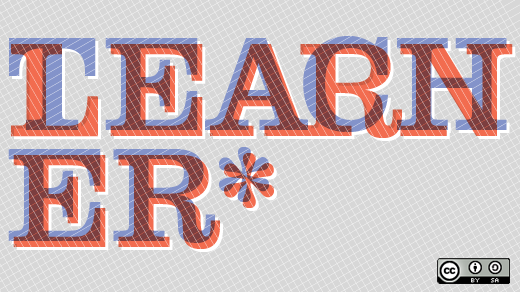At the age of 77, I have published my first eBook and have a MOOC. These were not endeavors I ever intended to undertake.
I wanted to write Forms for a Future—a book about the civic discussions we need to have to have a future worthy of living. So, in the fall of 2007, after a 15 year absence from the world of education, I negotiated an adjunct position in the Honors College, figuring a small undergraduate class would help focus my attention. The course met three times a week and had three required full length textbooks.
I was not prepared for what I found upon my return.
My students were all Millennials; one gentleman in particular always attended class with an ear bud in one ear. So, I asked him:
What are you hearing in your left ear?
Music.
What about in your right ear?
The class.
Why?
I learn better that way.
Would that work for anyone else?
Yes.
Then he turned the table. In a very sincere tone, he asked: Do you find that disrespectful sir?
I replied: No, not now. But, I had to ask.
This conversation reflects a lot of changes in how students learn and how teachers can teach. Now, in my class, there are no textbooks. Classes are virtual. There are no lectures. And, all substantive material is delivered online. Students write, comment, and challenge each other throughout the semester, meeting one day a week in person for a moderated exchange of ideas.
But, using open source material is not just a course design, it is also a methodology for pedagogy. My course structure allows the identical material to be delivered to students who are physically present or remote, in real or virtual time, with or without direct access to me, for either free or for credit. We can learn from our students how to teach, by learning what they learn from how we teach. This level of mutual engagement is the truly exciting part. We need them as much as they need us.
These changes in the way the classroom operates prompted me to reflect on the evolution of my teaching style: from classroom lectures and printed books to using interactive iBooks and MOOCs. The trasition was not as sudden as it may seem. Looking back, an experience I had 25 years ago was an indicator of the changes coming to education.
At that time, the University where I was a professor had three sections of Introductory Psychology to serve 350 students each. The classes met at 9am, 11am, and 1pm and was taught by a team of instructors. Each delivered their take on a specialty of psychology, gave a multiple-choice machine scored exam, and was gone.
Needless to say, the students did not like the course. Their instructors were highly critical of their attitudes and motivations for taking the course, and the atmosphere was one of competing agendas, not mutual engagement. It was like the year I substituted for a professor on sabbatical. That fall semester was awful; there was so little engagement of any kind. At first I blamed the students. Then, I entertained the idea that if we were going to herd students into "educational feeding lots," it might also be my responsibility to change the way we teach in order to engage them.
That following spring semester, I spent the very first day of class standing in the middle of the peanut gallery at the second row from the back. From there, I told the story of the 1964 Genovese murder case in New York in which 38 bystanders did nothing; I teased them about being nameless. In the students' syllabus for this course I included material for making a large name tag. Then, for the next five classes I encouraged the students to hang them around their necks. It was in the next class they realized I had persuaded nearly all of them to wear their name tags using the five principles of social influence described in their textbook.
Every class involved experiencing in some way the core concepts of social psychology. By the end of the semester, there were more students in the room than enrolled in the course. They were bringing their friends to class! The experiment had caused a bit of excitement, so the Chair asked me to give a colloquium on my teaching methods. By the end of the year, however, the consensus was that I had pandered the students; that this was something only I could do.
I now realize what we did not fully understand then: it was not the performance that was responsible for the outcome, it was the composition. I had a new score; one that focused on the students as learners, not on me as a teacher.
As scholars, we believe knowledge belongs in the public domain. Creating a way for students to experience the concepts they are learning in the classroom is a form of scholarship. It should be public knowledge. Open source teaching and learning makes that possible. Flipping the traditional classroom focuses on the engagement of the student with the material, not with the performer.
When I finally returned to the classroom in 2007, I realized once again that it was my responsibility to change the way I teach in order to engage the students. To my surprise, it is much easier to have higher levels of student engagement with the digital technologies of the 21st Century. Now, I have choices. Occasionally, I will perform (he speaks!), but mostly I watch my students perform the composition I've set out for them. Now, my teaching is much more personal. Best of all, it is simply more fun.
The open source technologies of today are more respectful; they allow students to do their work in the time and space that best fits their life and their circumstances—which for many includes a job. Socially, they are more collaborative and participatory. Technically, they allow efficient access to material that is more inclusive, comprehensive, engaging and up-to-date.
Thankfully, I did change my focus... and much more. My book is now finished: Forums for a Future. Find it for free as a MOOC on USF Canvas.net.







Comments are closed.